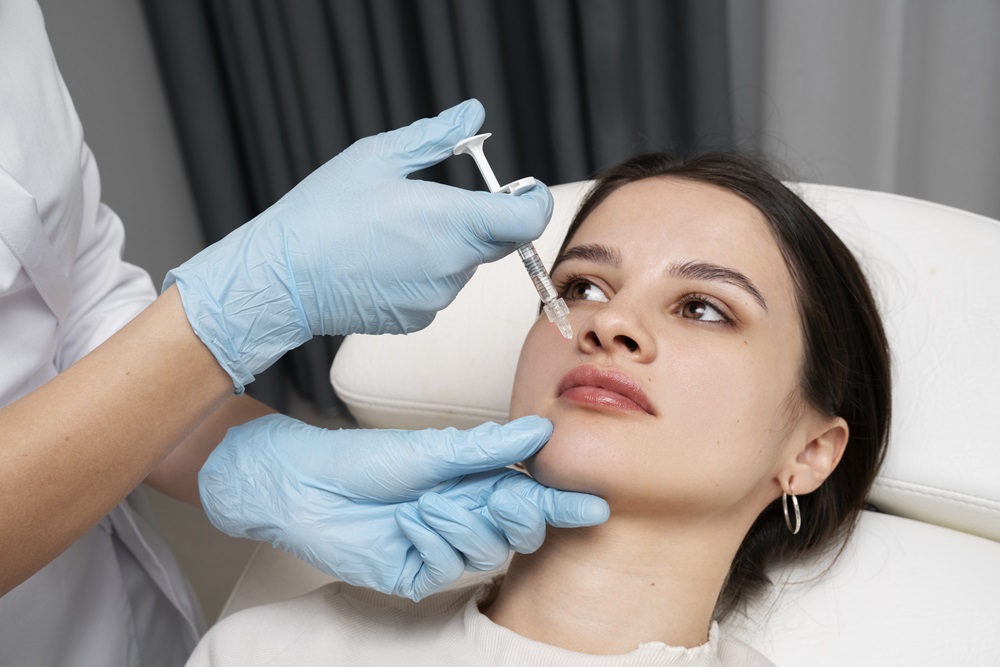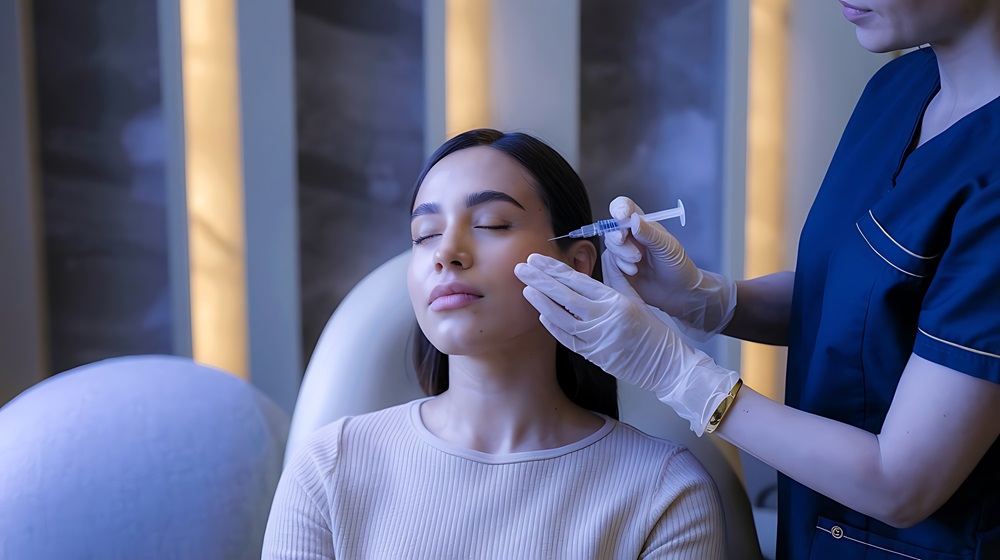Your shoulder hurts constantly, and you’ve been told surgery might be your only option.
But lately, you’ve heard about regenerative treatments like PRP and exosomes. Maybe you’ve even started searching for “exosome therapy near me” to see what’s available.
Here’s what you actually need to know: these two treatments work differently, cost different amounts, and might help your rotator cuff tear in different ways. The question is which one fits your specific situation.
What Makes Exosomes Different From PRP?
PRP (platelet-rich plasma) comes from your own blood. Doctors draw your blood, spin it in a centrifuge to concentrate the platelets, then inject that concentrated plasma into your injured shoulder. The platelets release growth factors that can help your tissue heal.
Exosomes are tiny particles that come from stem cells—usually from donated umbilical cord tissue. These particles carry proteins and genetic material that tell your cells how to behave.
They don’t contain actual stem cells, but they can signal your body’s own cells to start repairing damaged tissue.
The main difference? PRP uses what’s already in your body. Exosomes bring in external signals from outside sources. And that difference matters when you’re deciding what to inject into your torn rotator cuff.
How Bad Is Your Rotator Cuff Tear?
Not all rotator cuff tears are the same, and that changes which treatment makes sense for you.
If you have a partial tear (the tendon is damaged but not completely separated), PRP might be enough.
Research from the American Journal of Sports Medicine shows that PRP injections can reduce pain and improve function in partial thickness tears.
One study tracked 40 patients with partial tears and found that 73% showed significant improvement after PRP treatment.
But if you’re dealing with a full thickness tear (the tendon is completely torn off the bone), you’re in tougher territory. PRP alone probably won’t reconnect that tendon. Some doctors think exosomes might work better here because they contain stronger signaling molecules.
However, and this is important, there’s limited research proving exosomes can heal complete rotator cuff tears without surgery.
A 2023 pilot study looked at 15 patients with full thickness tears who received exosome injections. About 60% reported less pain, but MRI scans showed the tears didn’t actually heal.
The tissue looked better, but it wasn’t reconnected. So you felt better, but the structural damage remained.
| Treatment | Source | Best For | Average Cost | Research Quality |
| PRP | Your own blood | Partial tears, tendinitis | $500-$1,500 per injection | Strong clinical evidence |
| Exosomes | Donated tissue cells | Severe inflammation, chronic conditions | $3,000-$8,000 per injection | Limited peer-reviewed studies |
What Does Exosome Therapy Near Me Actually Offer?
When you search for clinics offering exosomes, you’ll see wildly different claims and prices. Some charge $3,000 per shot. Others want $10,000 for a treatment package.
Here’s what you need to know: the FDA hasn’t approved exosome products for rotator cuff tears or any orthopedic condition. Clinics can offer them, but they’re essentially experimental.
The quality varies dramatically between providers because there’s no standard manufacturing process.
Some exosome products contain billions of particles. Others contain far fewer. Some are fresh. Others are freeze-dried and reconstituted.
You’re not always getting the same thing, even if two clinics both call it “exosome therapy.”
PRP is more standardized. Your doctor knows exactly what they’re getting because it comes from your body.
The concentration might vary slightly based on the centrifuge system they use, but the source is consistent.
When Might Exosomes Make Sense For Your Shoulder?
There are specific situations where paying more for exosomes could be worth considering.
If you’ve already tried PRP and it didn’t work, exosomes might give you a different result. They contain different growth factors and signaling molecules. Some patients respond better to one than the other.
If you have severe chronic inflammation in your shoulder that hasn’t responded to other treatments, exosomes might help calm that down. Some research suggests they have stronger anti-inflammatory effects than PRP.
If you’re trying to avoid surgery and you’ve exhausted other options, exosomes could be worth the gamble.
But you need to go into it with realistic expectations. They’re not going to magically reconnect a completely torn tendon.
If you have certain medical conditions that make PRP less effective (like if you’re on blood thinners or have a platelet disorder), exosomes might be a better option since they don’t depend on your blood quality.
What About Recovery Time and Repeat Treatments?
PRP typically requires 1-3 injections spaced several weeks apart. You’ll usually start with one shot and see how you respond. If it helps but not enough, you can do another round.
Recovery from the injection itself is pretty quick. You might have soreness for a few days, but most people can do light activities within a week.
The actual healing process takes longer—usually 6-12 weeks before you know if it’s working.
Exosomes usually require fewer injections. Many clinics recommend just one or two shots. But each shot costs significantly more, so you might end up spending similar amounts overall.
The tricky part with exosomes is that we don’t have long-term data on how long the effects last. Some patients report improvement that fades after 6-12 months.
Others maintain benefits longer. With PRP, we have better data showing that improvements can last 1-2 years for partial tears.
Can You Combine Both Treatments?
Some clinics offer combination treatments—PRP plus exosomes in the same injection. The idea is that you get the benefits of both.
Does it work better? Nobody really knows yet. There aren’t good studies comparing combination therapy to either treatment alone.
And you’re definitely paying more—sometimes $5,000 or more per injection.
If money isn’t an issue and you want to try everything possible before surgery, combination therapy might be worth discussing with your doctor.
But don’t expect miracles. Your shoulder still needs time to heal, and severe tears might still require surgical repair regardless of what you inject.

Making the Call on Exosome Therapy
For most rotator cuff tears, especially partial ones, PRP makes more sense as a first attempt. It’s cheaper, better studied, and still shows good results in research.
Consider exosome therapy near me if you’ve tried PRP without success, if you have severe inflammation that hasn’t responded to other treatments, or if you have medical reasons that make PRP less effective for you.
But remember this: neither treatment is a guaranteed fix. Surgery might still be your best option depending on how severe your tear is and how much your shoulder bothers you day to day.
Talk to an orthopedic specialist who can actually look at your MRI and give you honest advice about what’s realistic for your specific injury.
Frequently Asked Questions
What’s the difference between PRP and exosome therapy?
Answer: PRP uses your own blood to release growth factors that promote healing, while exosome therapy uses signaling particles from stem cells that can trigger stronger repair responses in damaged tissue.
Is exosome therapy better than PRP for rotator cuff tears?
Answer: For partial tears, PRP is usually enough and has strong clinical evidence. Exosome therapy may help chronic or severe cases, but research is still limited for full-thickness tears.
How much does exosome therapy cost?
Answer: Exosome therapy typically costs $3,000–$8,000 per injection, depending on the clinic and product quality. PRP is more affordable, usually $500–$1,500 per injection.
How many exosome therapy sessions do I need?
Answer: Most clinics recommend one or two injections, while PRP often requires 1–3 sessions. Results and duration vary since exosome therapy is still experimental.
Can I combine PRP and exosome therapy?
Answer: Yes. Some clinics mix both to enhance results, but there’s no strong research proving it works better than either alone. The cost is higher, so discuss the pros and cons with your doctor.


